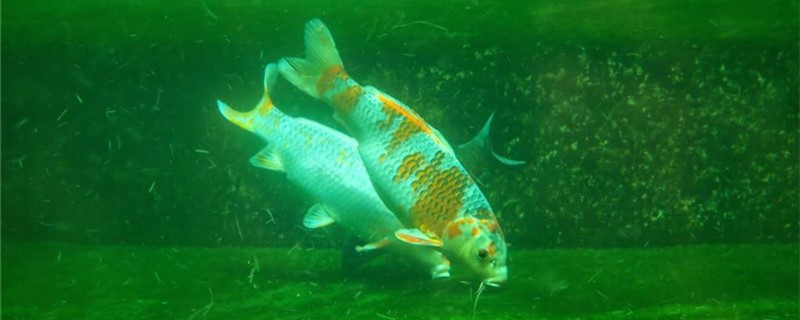
1. Polymeric sodium silicate: Polymeric sodium silicate is a common water quality purifying agent, which can effectively improve the breeding environment, make the water clear, and prevent acidification and corruption. It also has a certain effect on curbing the eutrophication of water quality caused by heavy metal ions. Usually, 300 grams per cubic meter should be put in, and after full mixing, it can take effect.
2. Quick cleaning agent: The main component of the quick cleaning agent is calcium, the content of which is about 74%. At the same time, there are magnesium oxide, aluminum oxide, silicon dioxide and other substances. It can quickly eliminate the harmful substances in the water and fully inhibit the reproduction of microorganisms. Generally, only 1 gram per ton of water needs to be put in, once every one to two weeks.
3. Zeolite powder: Zeolite powder can neutralize acidity, reduce the hardness of water, remove iron and ammonia ions, etc., and can be used for 30-50 kg per mu.
1. Light and bacteria: The role of light and bacteria is to degrade nitrite and sulfide in the water body. It has strong adaptability, can tolerate organic wastewater, and has the ability to decompose and transform.
2. Thiobacillus: Thiobacillus mainly acts on sulfur and incomplete oxides of sulfur, and can convert them into sulfuric acid and other substances, thereby improving water quality. In addition, it can also transform toxic substances such as hydrogen sulfide.
3. Azotobacter: As its name implies, azotobacter can convert free nitrogen into combined nitrogen, thus synthesizing organic compounds and contributing to the nitrogen cycle.
4. Nitrifying bacteria: The main function of nitrifying bacteria is to convert ammonia nitrogen into nitrate and nitrite, and at the same time, it will release heat to decompose toxic substances into non-toxic components.